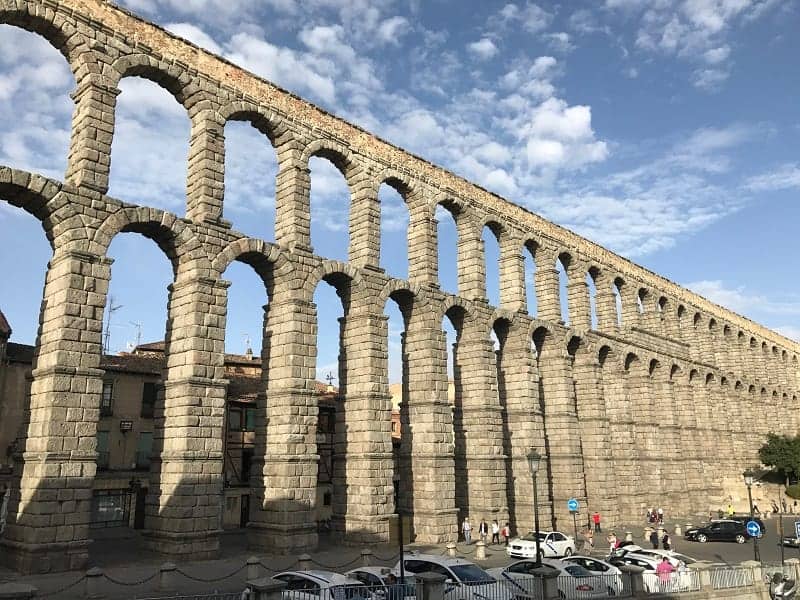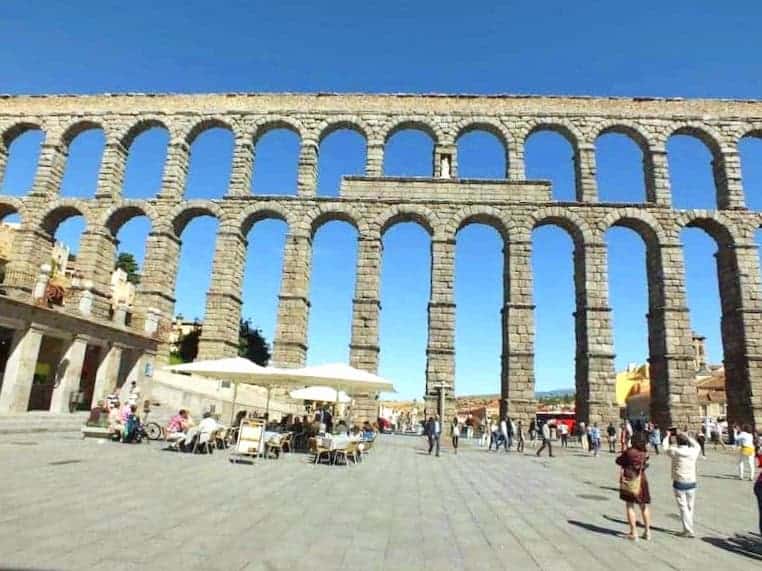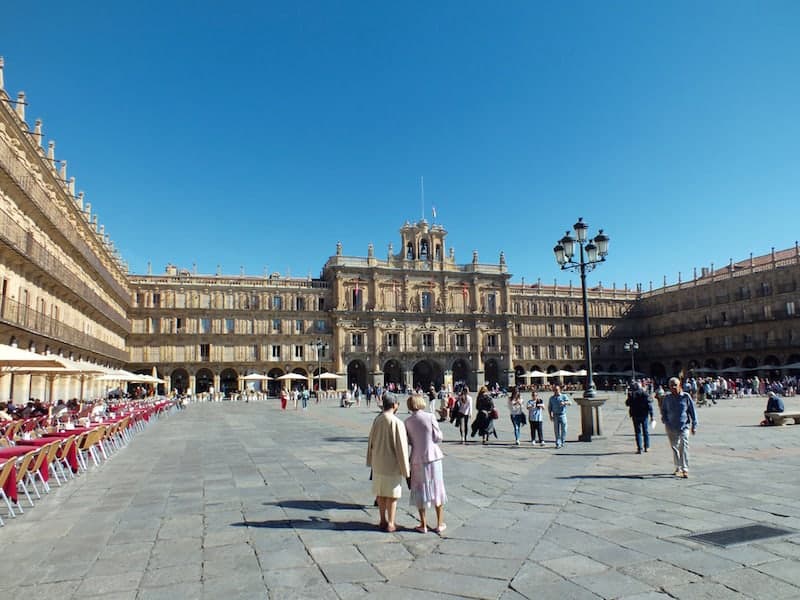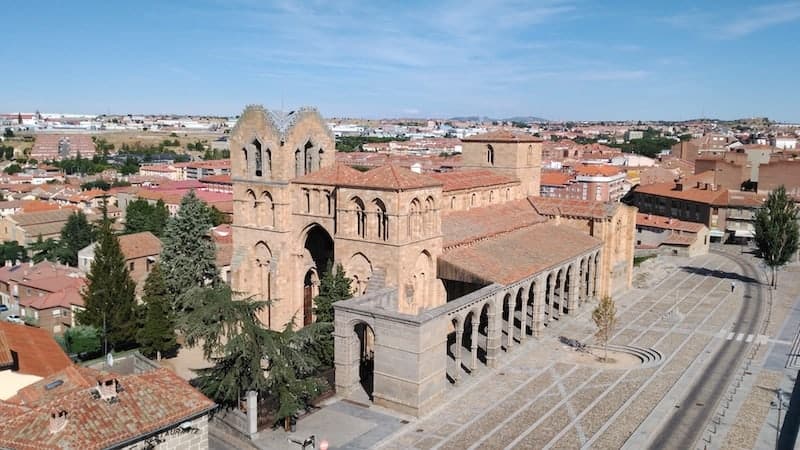Tours to Avila from Madrid
Madrid to Avila day tours
We have selected the best tours to Avila from Madrid so that you can enjoy them at the best guaranteed price and satisfaction. Choose your day trip according to the duration, day it occurs, schedule, itinerary, testimonials from other clients, and whether you want to travel only to Avila or combine the excursion with another to save time and money.
Why visit Avila?
The Spanish city of Ávila, despite its small size, has world-class tourist attractions, primarily based on its historic heritage, among which its famous medieval walls, surrounding the entire old city centre, are especially highlighted.
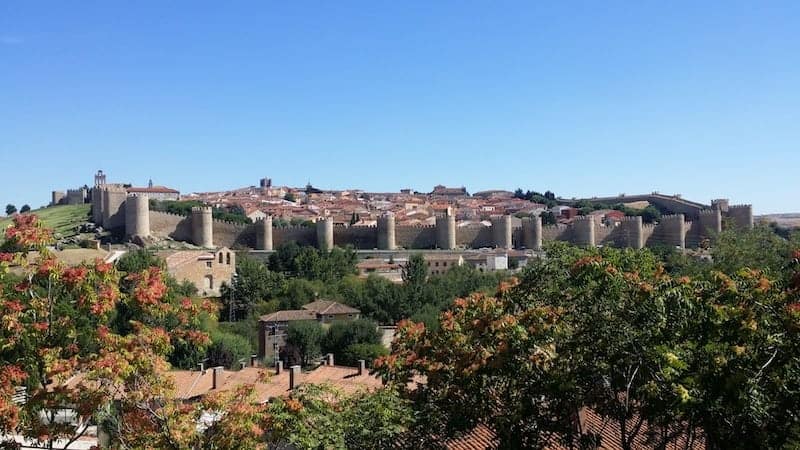
The walls of Ávila are unique in their genre, since two and a half kilometres of the wall have been preserved. The wall was constructed of rock in the far-distant 11th century. Its antiquity, its good conservation, its size and its 90 towers are the reason why it is considered the best conserved walled complex in the world.
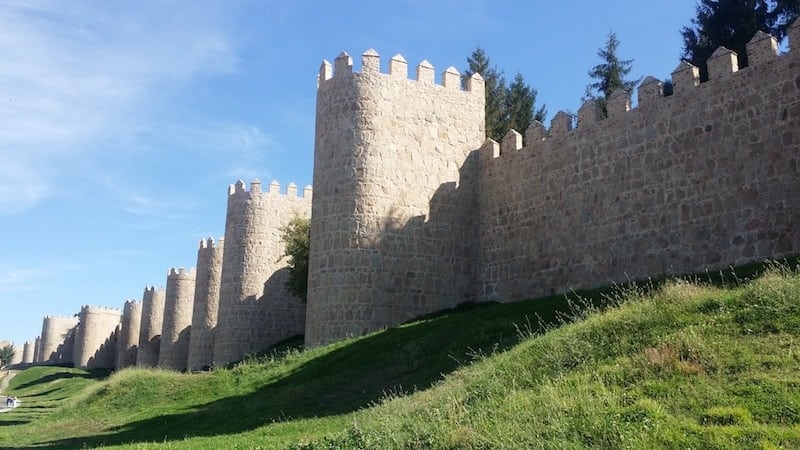
In order to appreciate the wall, it’s ideal to talk a walk along the exterior. It’s a very pleasant walk because you’ll be practically surrounded by gardens. But also you must enter any of its new gates in order to get closer to the monumental historic urban centre, considered a World Heritage Site by UNESCO.
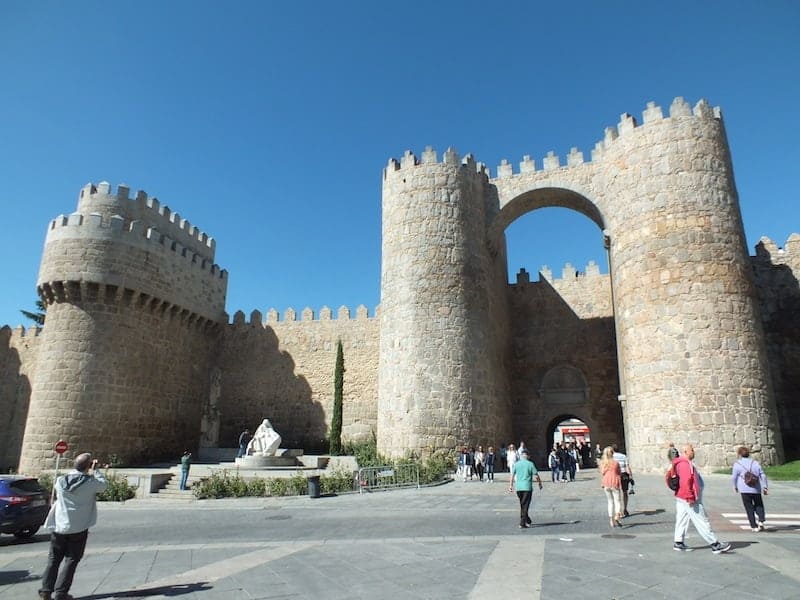
In the excursions to Avila, you will encounter numerous palaces from the 16th century, such as Dávila Palace, Bracomonte Palace, Nuñez Vela Palace or the Velada House, reflecting the importance of the city during this century.
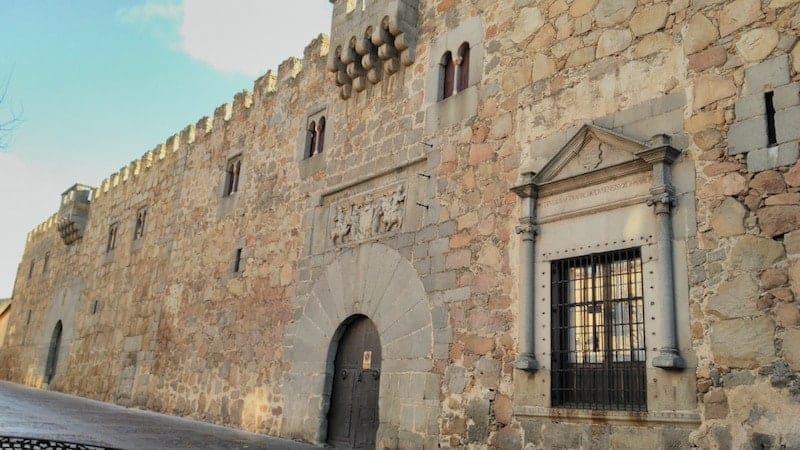
The epicentre of the old city is the Main Square, and given the size of Ávila, all of its great attractions are nearby and easily accessible on foot.
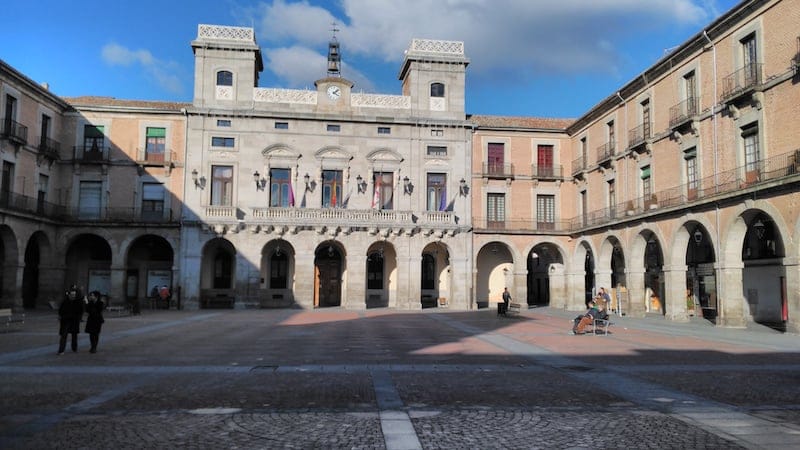
One of these landmarks is the Cathedral, considered the first Gothic cathedral built in Spain at the end of the 12th century. In fact, the religious architecture is one of the great attractions for visiting Ávila. The amount of temples, monasteries and convents is extensive despite the small area. In many of them was, at some point, the most celebrated local figure, Saint Teresa of Jesus. And in order to get to know the life and work of this religious and literary figure in-depth, it’s best to go to the Convent that carries her name, where there is a museum in her honour.
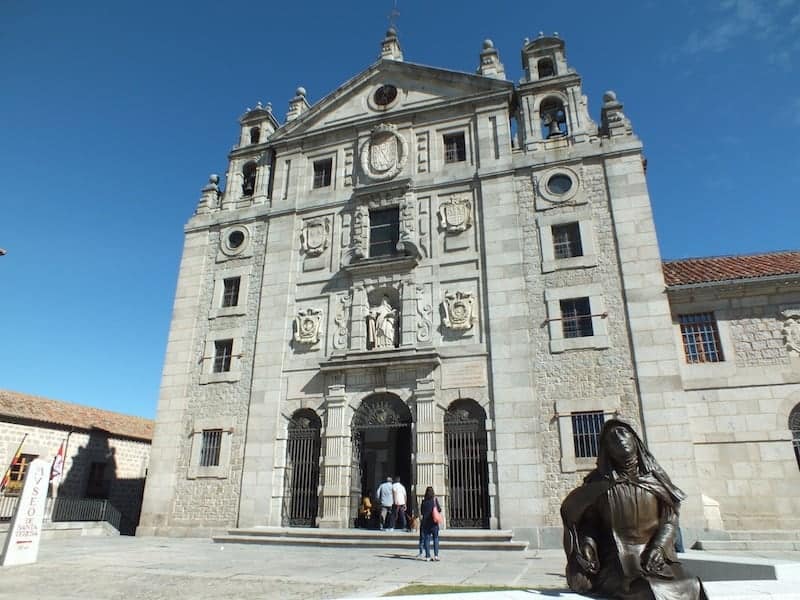
Of the rest of the churches in Avila, the Basilica de San Vincente stands out. It was built in the 12th century in the Roman style and was declared a National Monument. It is considered one of the greatest churches of its age.
However, in addition to visiting Ávila’s many historic monuments from various eras, from the Roman period to the Baroque, you should also take the opportunity to enjoy the quality of the traditional local cuisine. In fact, as Saint Teresa said herself, “God also walks among the pots,” and although not very religious, the typical dishes are a true delight.
An ideal menu for experiencing the best flavour during a visit to Ávila is composed of some Barco beans, Ávila’s famous beefsteak, and for dessert some Yolks of Saint Teresa, the most famous sweet in the city. And it couldn’t be any other way, given that its name is the most well-known figure in the city.

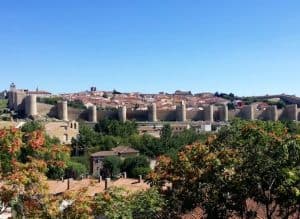
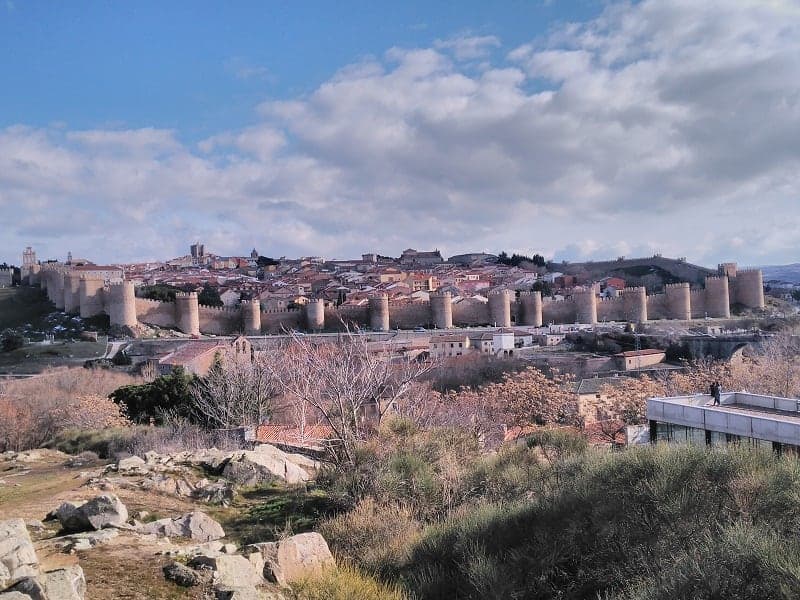

![[cml_media_alt id='1518']español[/cml_media_alt]](https://www.okmadridtours.com/wp-content/uploads/2014/07/español-25x15.jpg)
![[cml_media_alt id='1516']Ingles[/cml_media_alt]](https://www.okmadridtours.com/wp-content/uploads/2014/07/ingles-25x15.jpg)
